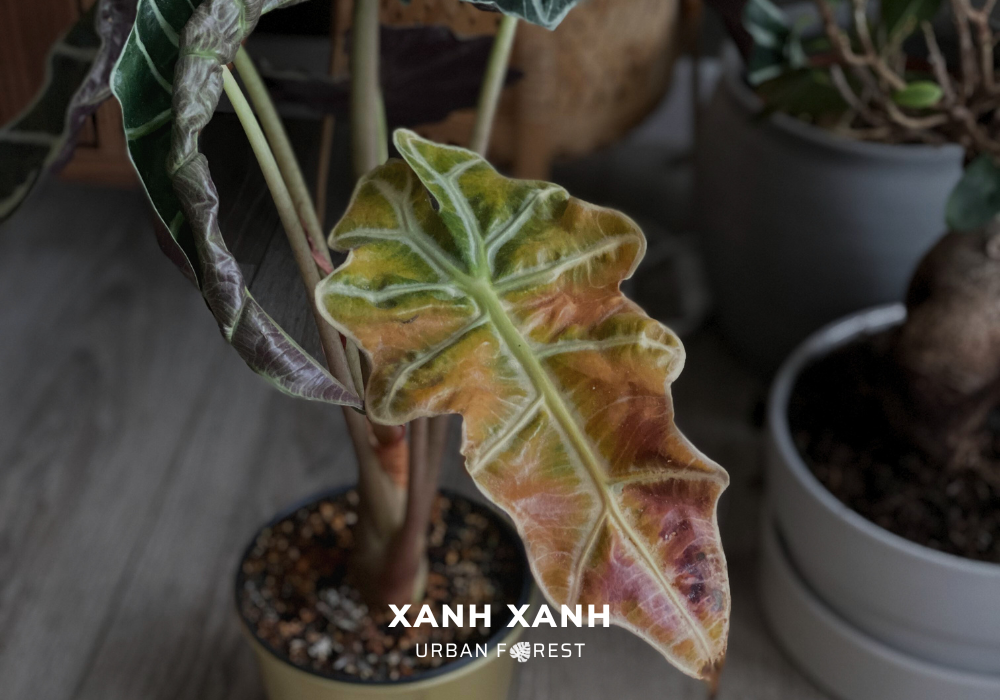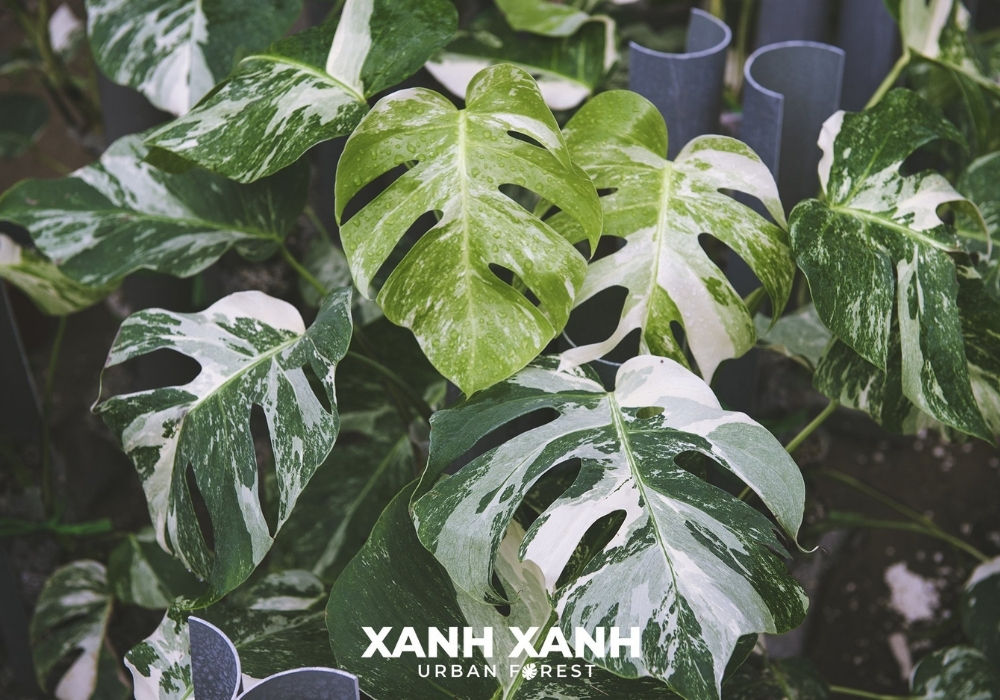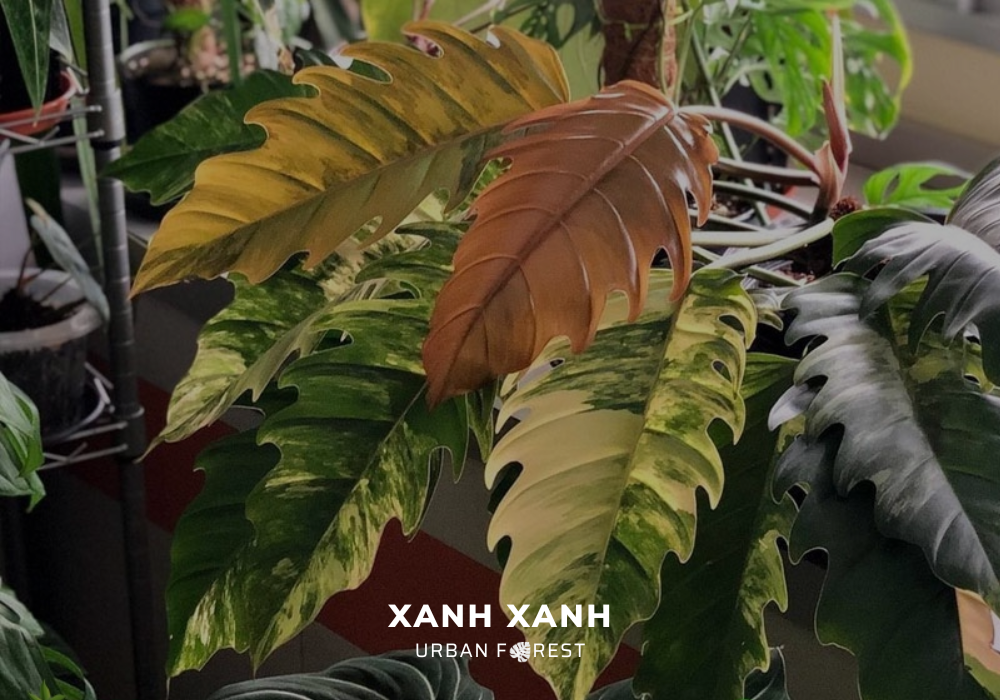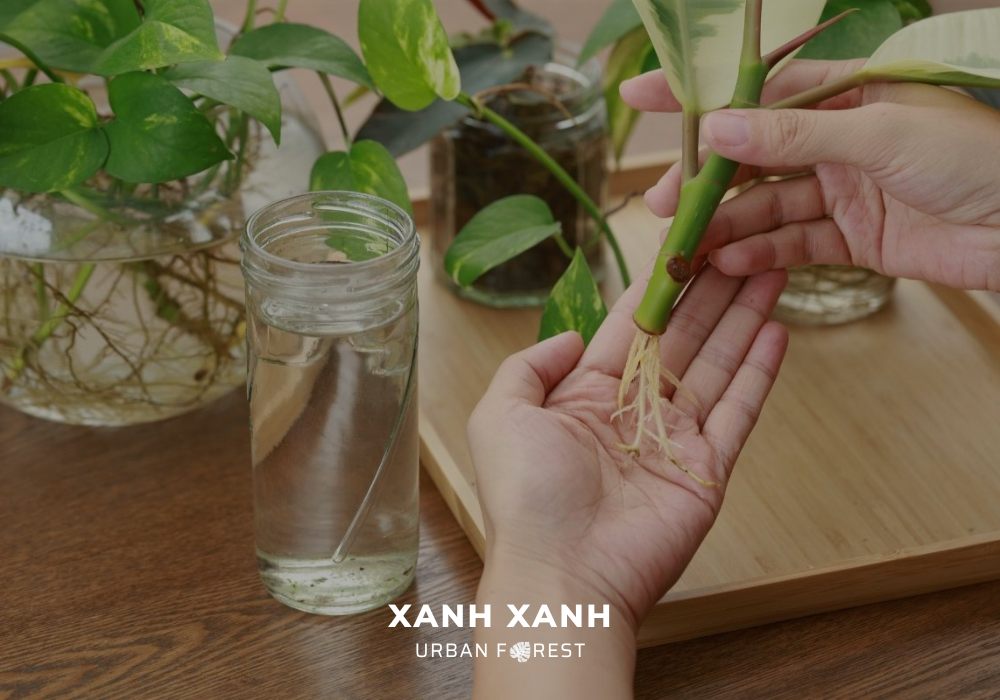Table of Contents
1. Introduction
Alocasias, also known as elephant ears, are popular houseplants known for their striking foliage. Have you ever noticed your Alocasia leaves turn brown? Don’t worry if you encounter this problem!
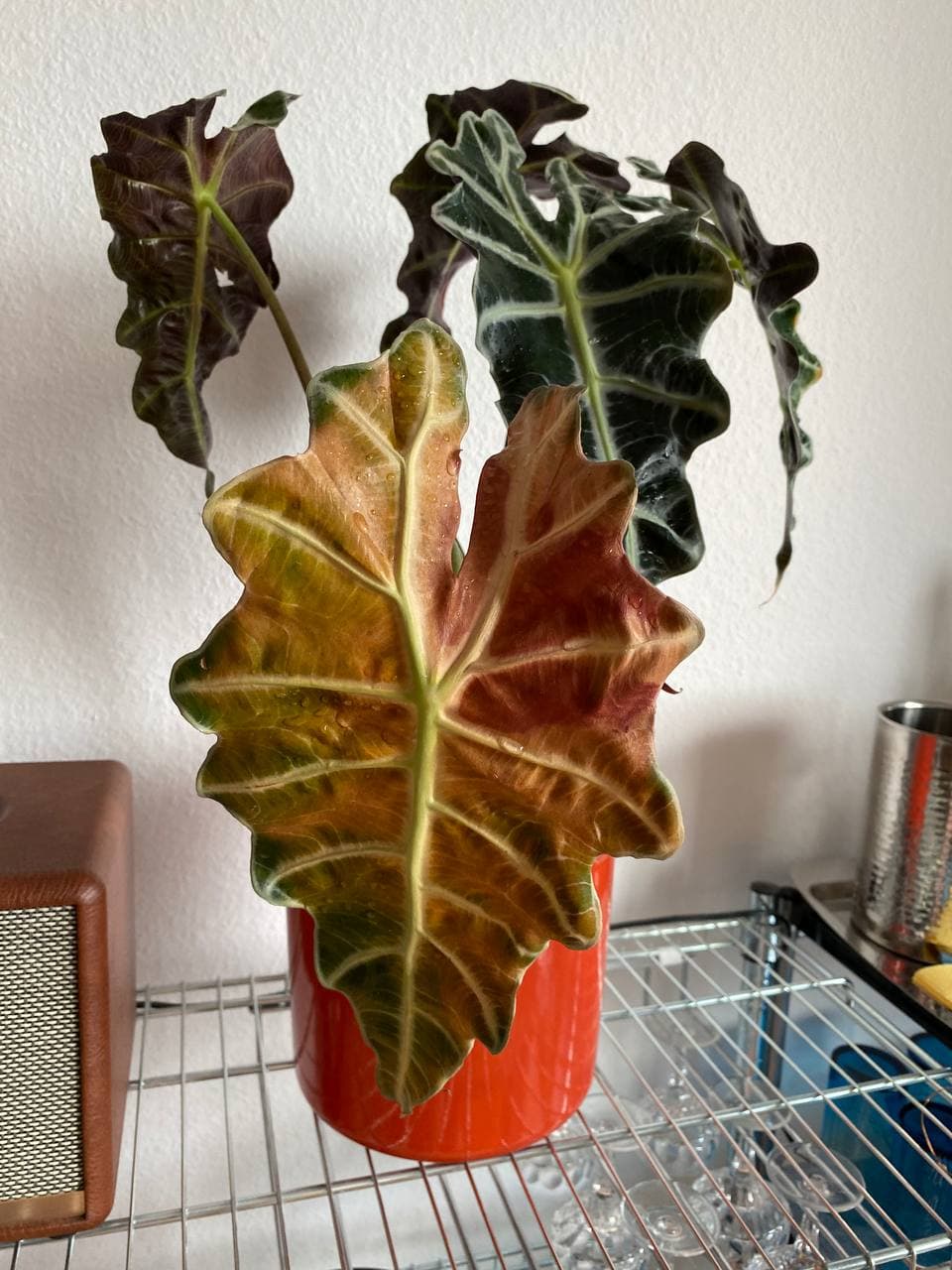
In this blog, Xanh Xanh Urban Forest will explore the world of Alocasias and learn about the different reasons why Alocasia leaves turn brown. We will also provide tips on how to recognize and resolve these problems so your Alocasias continue to thrive.
2. 4 Reasons Alocasia Leaves Turn Brown
2.1. Incorrect Watering
Alocasia leaves turn brown most often from overwatering or underwatering. Setting aside enough time between waterings is essential for the soil to dry. Provide your plant with enough water if it hasn’t received any in a while and the soil seems too dry.
A minimum of once every two weeks, evaluate the soil to make sure you are not under- or overwatering it. Be sure the pot has drainage holes, and avoid overwatering it to avoid waterlogging.
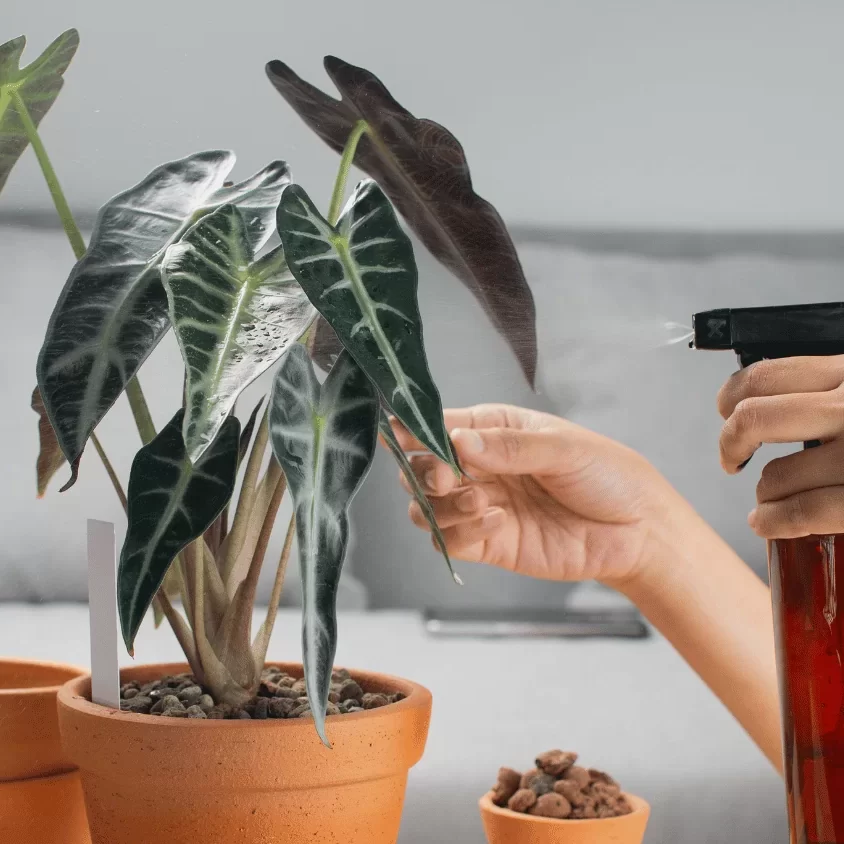
2.2. Low Humidity
Alocasias thrive in environments with plenty of moisture in the air. Unfortunately, dry air is a common reason why Alocasia leaves turn brown. If the air is too dry, their leaves may lose water, turn brown, and become crispy around the edges. This can be easily avoided by providing your Alocasia with the right humidity level.
Misting the leaves regularly, using a pebble tray, or placing the Alocasia near a humidifier can help raise humidity levels.
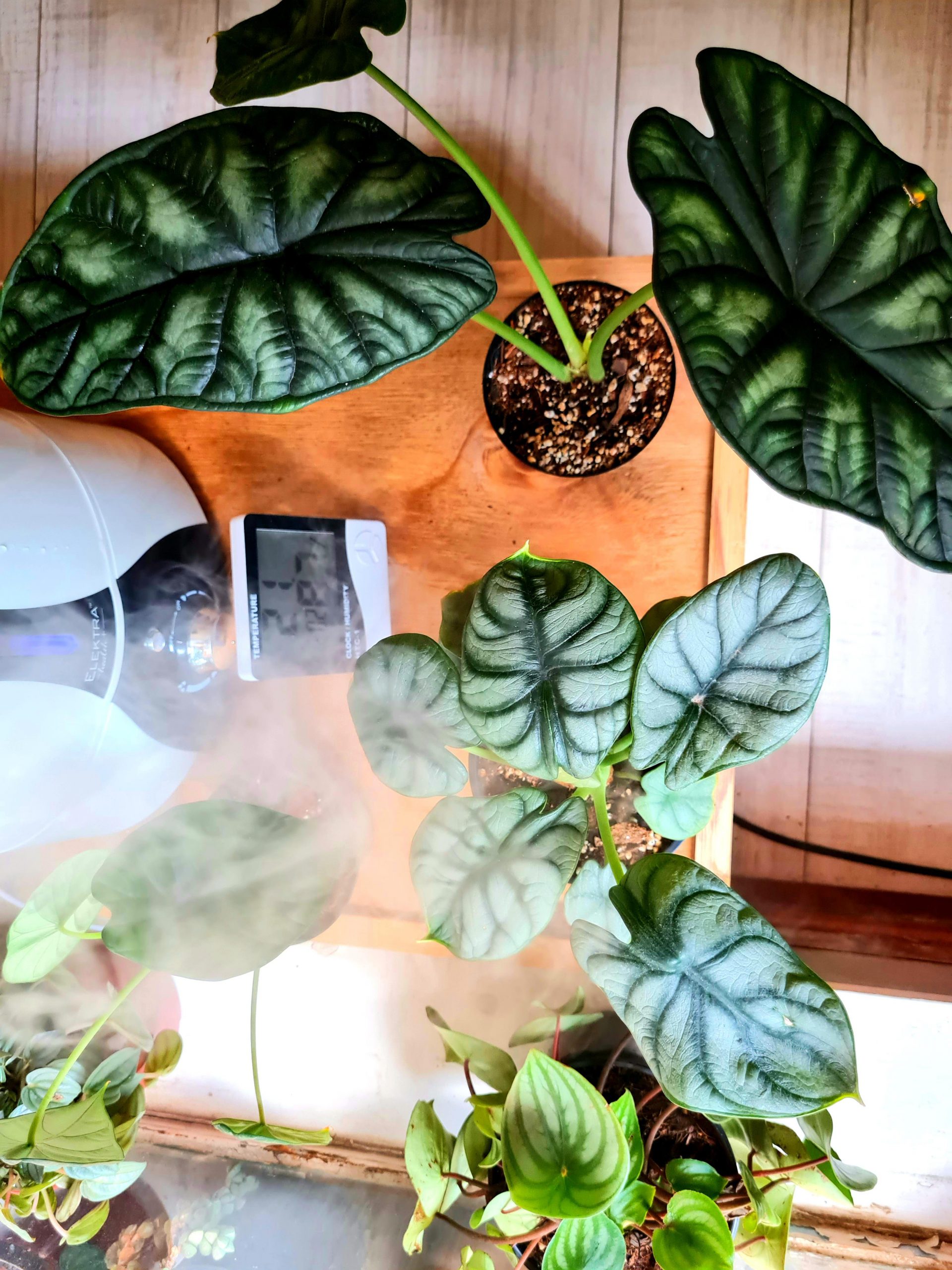
2.3. Direct Sunlight
Even though Alocasia plant prefer bright, indirect light, intense sunlight can scorch and cause unattractive brown patches on their delicate foliage.
You can protect your Alocasia from the harmful effects of direct sunlight by adopting preventive measures. If you want your plant to receive brighter indirect light in the morning or afternoon, choose windows that face east or west. To block out the glaring sunlight streaming through windows, use sheer drapes. These will disperse the light, creating a more temperate and ideal lighting condition for your Alocasia.
2.4. Nutrient Deficiency
Alocasias, like all plants, require a balanced supply of essential nutrients for optimal health and growth. When these nutrients are lacking, the plant’s functions become compromised, leading to Alocasia leaves turn brown.
Once you suspect a nutrient deficiency, it’s crucial to take action to address the issue:
- Fertilize with a balanced formula: Use a balanced liquid fertilizer formulated for houseplants during the growing season (spring and summer). Dilute the fertilizer to half strength according to the manufacturer’s instructions. Fertilize every two to four weeks, depending on the severity of the deficiency and the specific fertilizer used. Always follow the recommended dilution ratio and fertilizing frequency.
- Choose the right fertilizer: Opt for a fertilizer that contains all three essential macronutrients (nitrogen, phosphorus, and potassium) in balanced proportions. Some fertilizers may list these nutrients with their chemical symbols (N-P-K). A balanced fertilizer might have an N-P-K ratio like 10-10-10 or 20-20-20, indicating equal parts of each macronutrient.
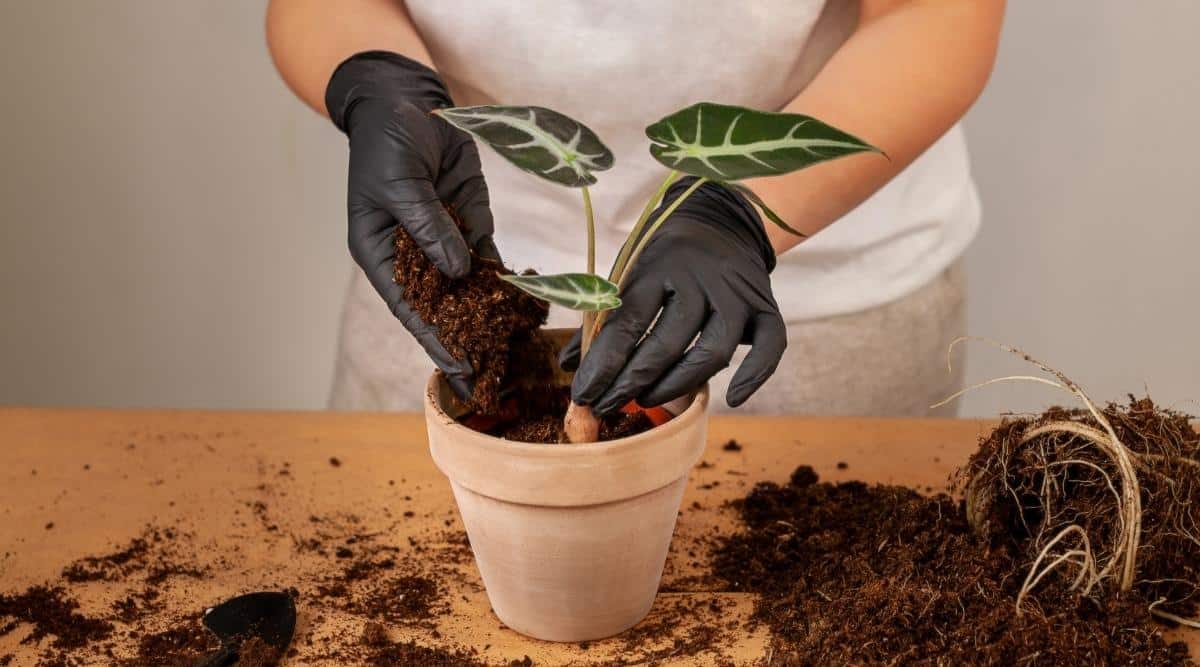
3. Additional Tips to Prevent Alocasia Leaves from Turning Brown
3.1. Use a well-draining potting mix:
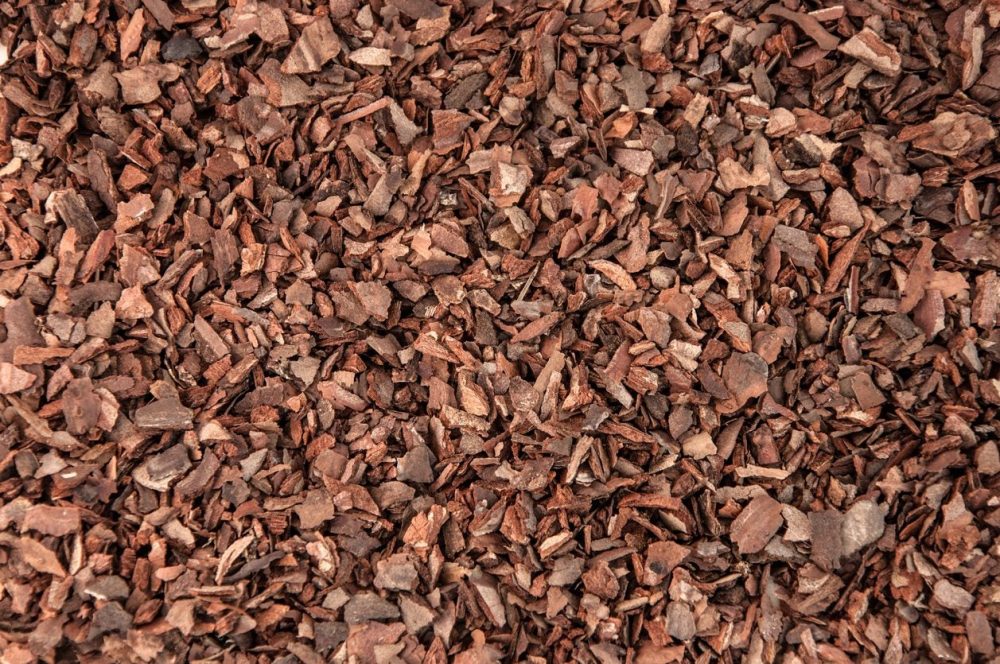
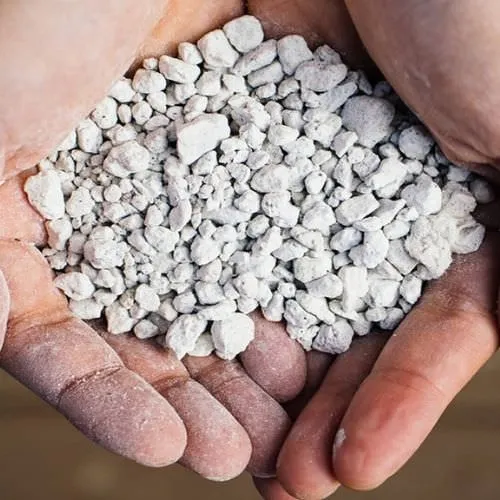
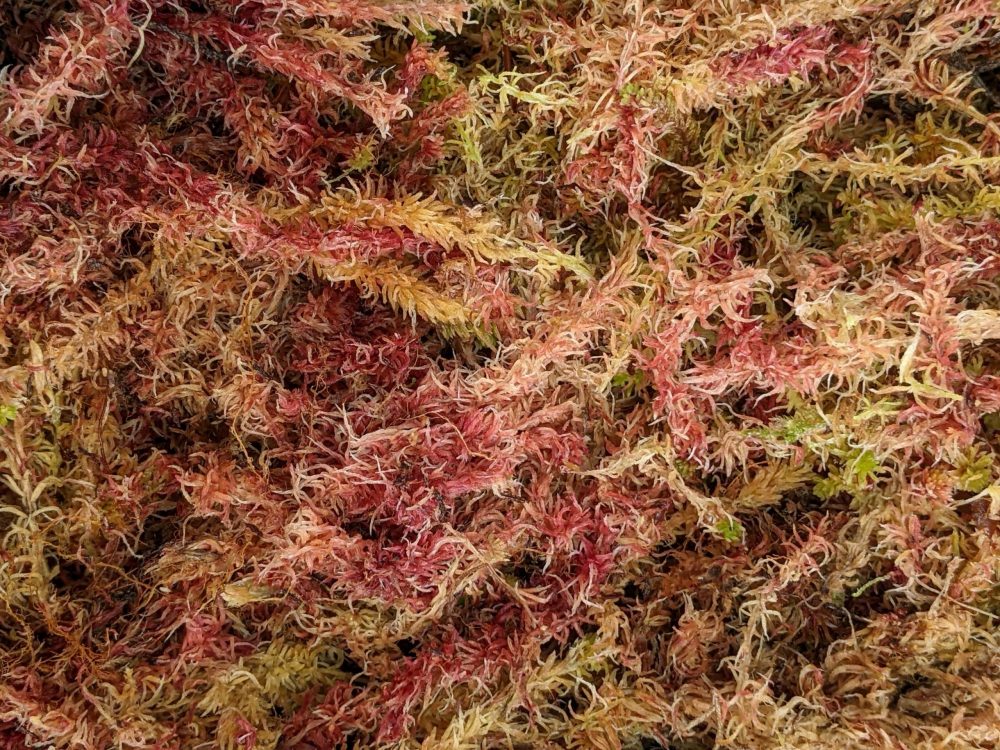
One of the key factors in making Alocasia leaves turn brown is improper drainage. Alocasias are particularly sensitive to soggy soil, which can lead to root rot and, ultimately, brown leaves. To avoid this, creating a well-draining potting mix is crucial.
A mix that includes peat moss, perlite, and orchid bark provides the right balance of moisture retention and aeration. These inorganic materials prevent soil compaction and allow excess water to escape freely.
3.2. Repot When Needed
As your Alocasia thrives, its root system will expand. Repotting into a larger container with fresh potting mix is necessary to prevent rootbound issues that can contribute to browning leaves. Repotting every 1-2 years, ideally in the spring or summer when the plant is actively growing, is generally recommended. Select a pot that’s only 1-2 inches larger in diameter than the current one. Opt for a container with drainage holes to prevent waterlogging. Consider using a terracotta pot, as it promotes better air circulation and allows excess moisture to evaporate.
3.3. Clean the leaves
Dust buildup on Alocasia leaves can hinder their ability to absorb light effectively. Regular cleaning promotes optimal photosynthesis and overall plant health, minimizing the risk of browning leaves. Use a damp, soft cloth to gently wipe down the leaves. Avoid using harsh chemicals or abrasive cleaners that can damage the delicate foliage. Clean the leaves every few weeks, especially if your home environment is dusty.
4. Final thought
By following these tips, you can effectively address the problem of Alocasia leaves turn brown and keep your plant thriving in your home.
Xanh Xanh Urban Forest hopes that you found this blog article to be useful and educational. Please use the following to contact us with any questions:

